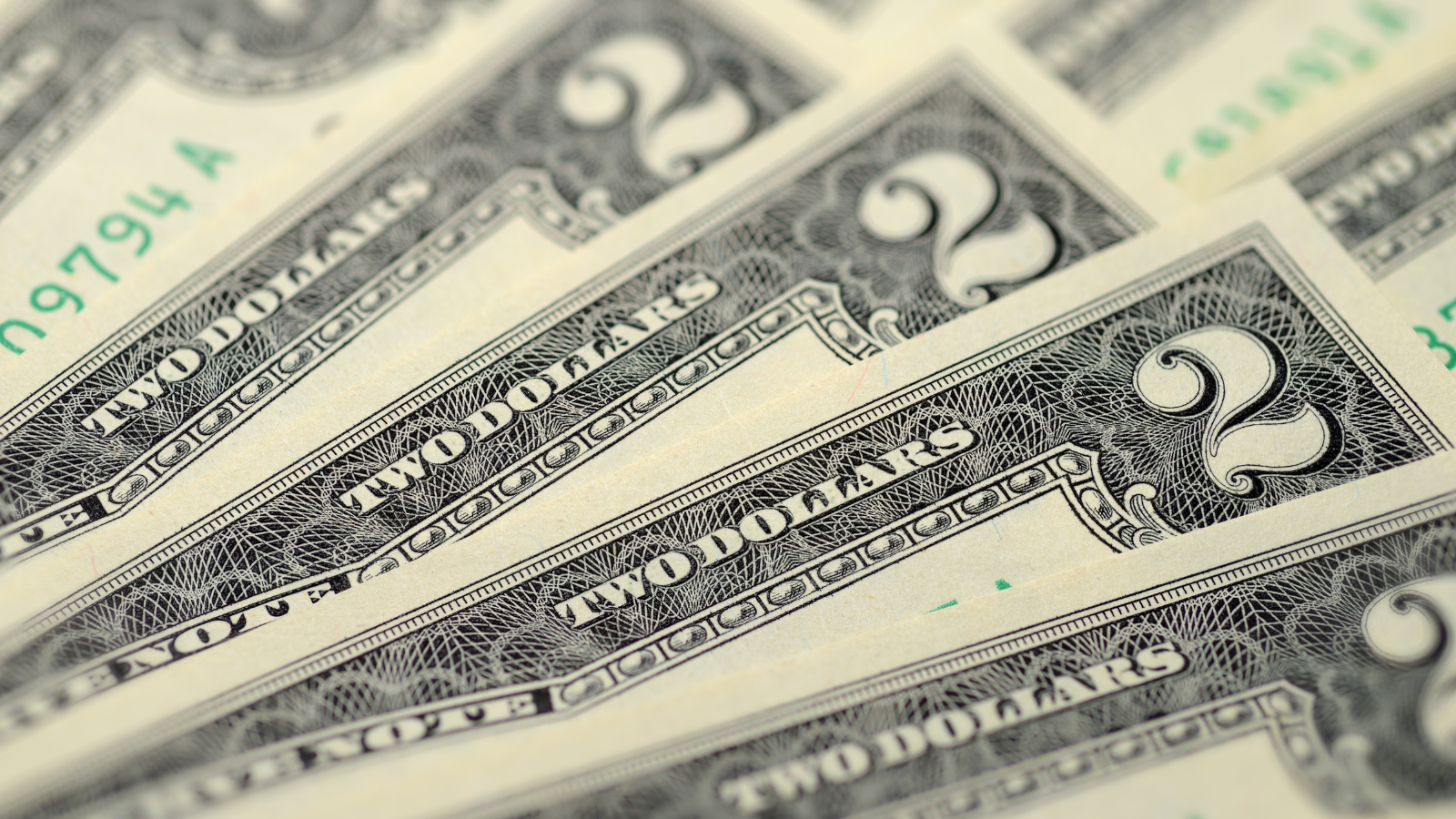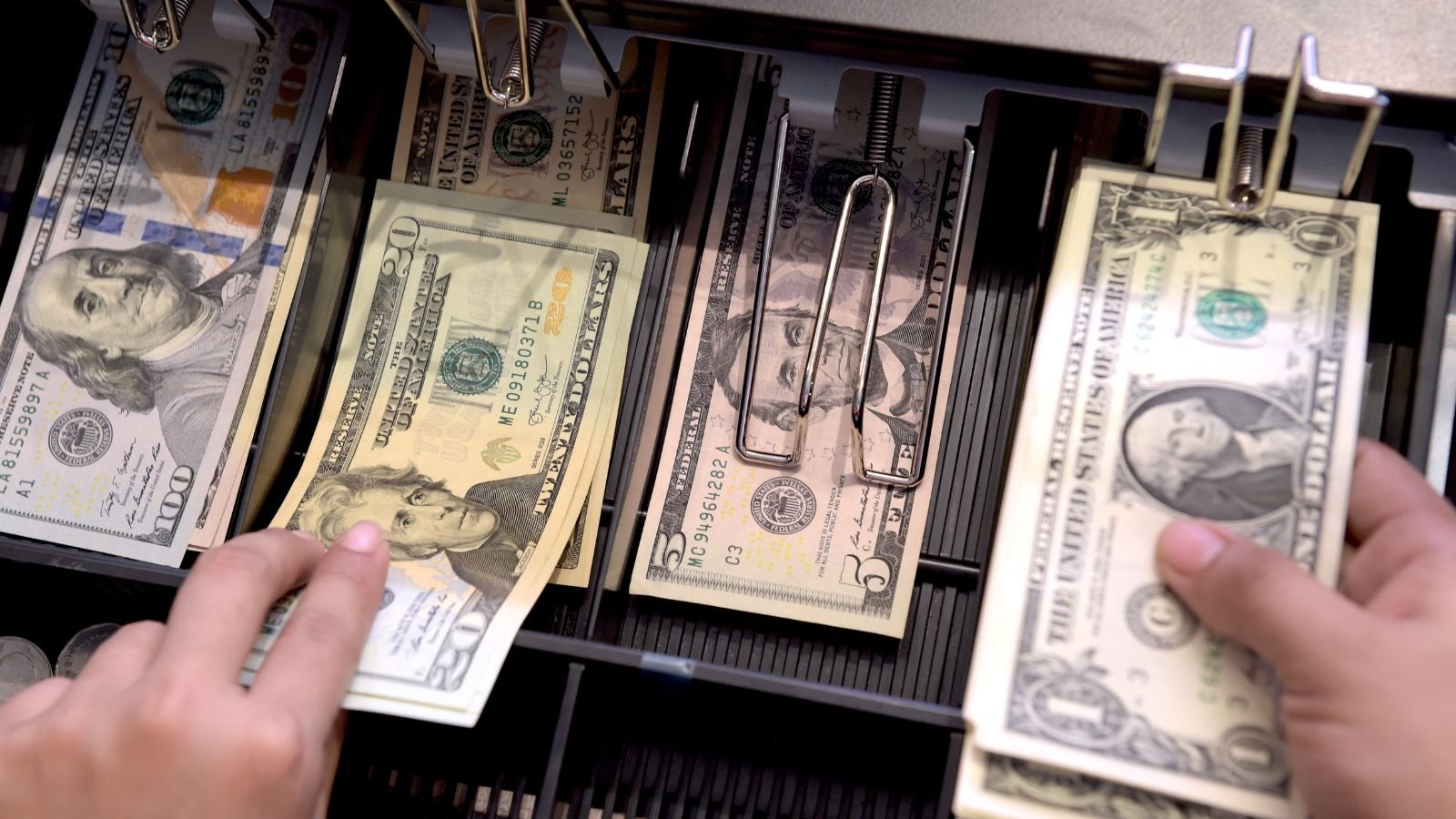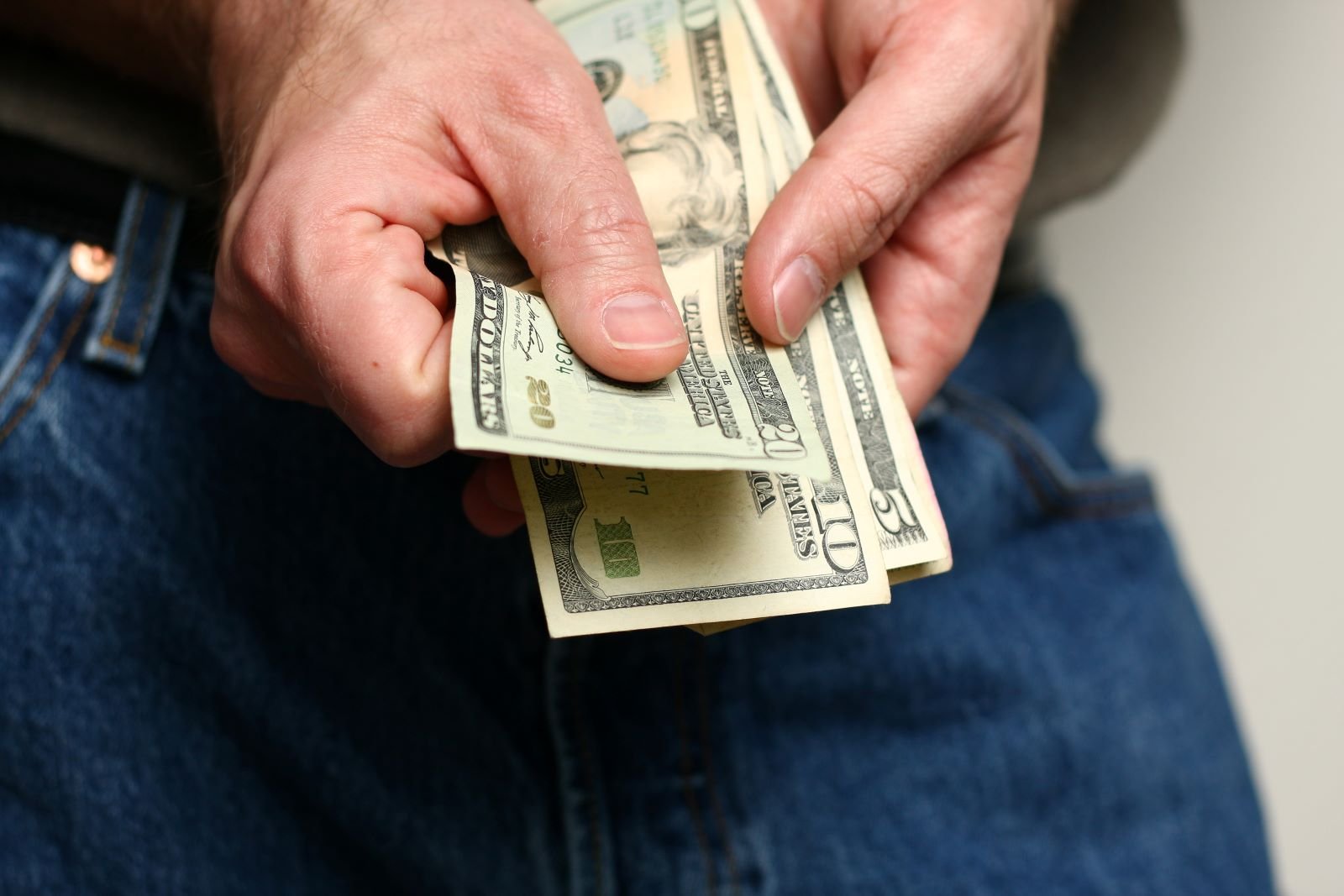A $2 bill holds a certain mystique. Sometimes people might be tempted to head to the bank for no reason and stock up on these conversations. However, before heading to the bank, consider this: Although $2 bills still fancy some bill collectors, there are some surprising downsides to making them your special request. Here are some reasons why you should not head to the bank to issue $2 bills.
Such bills are not readily available

$2 is not even a thing nowadays and many people don’t even know of their existence in today’s world. Bank tellers prefer not to keep many of them in stock as these bills are not in demand. Therefore, if someone asks for them abruptly, bank tellers must order them on demand, which is a hassle to manage such requests.
Issues to manage the drawers

The bank tellers avoid such bills that are needed once in a blue moon. The bank drawers are mostly filled with the common bills stacked up according to the demand. Therefore, such $2 bills just hang up in the drawers unorganized and mess up the whole arrangement sticking up to the corners. Such bills add up the workload at the end of the day to manage the balance bills left in the drawers and organize them.
They confuse the new joiners

Many cashiers encounter a recurring issue with $2 bills. Due to the rarity and lack of popularity, particularly among newer employees, such bills are often mistaken for counterfeits or printing errors. The misidentification baffles the newbies and often irritates the experienced ones as they have to intervene on such occasions to clarify the bill’s validity to the bank teller as well as the customer.
Such bills break the flow of the bank tellers

$2 bills pose many unexpected challenges during the cash-counting period. The regular process of the bank tellers is a smooth one until that flow is disrupted by such unfamiliar denominations. Bank tellers’ work is a crucial one as it involves cash counting and such petty issues break down the momentum causing a slowdown and hindering their established rhythm.
Acceptability of such currencies

Such currency bills are so vulnerable that many businesses lack the infrastructure or employee training to train them to handle such bills. Their vulnerability makes some businessmen confused and they blatantly refuse to accept such bills. Therefore, at some of the establishments, $2 bills might be refused due to the incompatible handling systems or the employee’s lack of knowledge and training, potentially making them an inconvenient and unusable form of bill.
Such bills are more treated like souvenirs.

An experienced bank teller, in an interview with Yahoo Finance, highlights that highlights the circulation issues surrounding $2 bills. Such bills are mostly received by the eldest ones from the families or relatives being kids or are often perceived as novelties or lucky charms, making them a reason to hold onto them instead of spending them on everyday transactions. Such hoarding restricts the intended circulation of the currency, causing it to accumulate in personal collections rather than actively flowing through the economy.
Might annoy people in line at the Target store

At the first instance, such bills are sometimes not accepted due to their vulnerability or we can say, such notes are now left to be considered as the lucky charms or souvenirs only. However, if such notes are accepted in some places, this might increase the annoyance of the cashier as well as the people behind you in the line at the Target store. Therefore, paying off the larger amount of bills with such currencies should be restricted to stop the annoyance of the people behind you in the queue.
Either unavailability or abundance

Such bills annoy the bank tellers by either unavailability as mentioned above, or abundance of them to get rid of. Such bills are uncommon that sometimes bank tellers are often stuck to arrange them on demand, but sometimes a random customer just dumps several packets of such bills to clear up their business drawers. While it lowers a businessman’s burden, it shifts the same on the bank tellers who get abundant packets of bills, whose demand is not that much, to get rid of them.
Not worth the hype

A $2 bill is very impractical for everyday use. Such bills have a minimal chance of significant collector value, which reduces their functionality as a currency note. The limited circulation makes it impractical to carry such bills for the regular monetary exchange. Such bills have left no value except their novelty which might attract the currency collectors. These bills are not at all an efficient mode of exchange currency, which makes it not worth the hype, that might have been a few decades ago. With the dynamic and growing inflation, the lower-value bills are left with no value except being treated as a token of gesture in the families or a fascinating collection for some currency hoarder.
